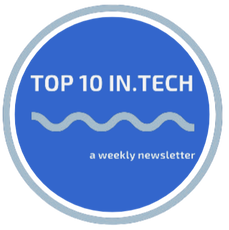Nerd Alert: Yeeeeeeeee! It's my fav post of the year, and the most challenging part is choosing only 10 highlights, so I'm taking it to 11. My buddy David Skok and KeyBanc Technology Group are back again for their (12th) annual SaaS survey for Private Markets (download the PDF here). This report includes responses from senior executives at more than 350 companies, and we are seeing a rebound in growth as companies recover from the economic disruptions caused by COVID-19. Prior versions can be read here and here.
POD OF THE WEEK: Scott Farquhar (co-founder and co-CEO of Atlassian) on how he built Atlassian (and used Smart pricing)
POD OF THE WEEK: It's the podcast version of #7 above - a16z's Crypto Security Podcast. |
|
